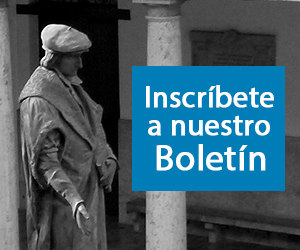Autor: Andrea Fusaro. Ordinario di diritto privato comparato, Universitá di Genova, E-mail: andrea.fusaro@unige.it
Resumen: Con la legge 6 giugno 2016, n. 106 (Codice del terzo settore) il legislatore italiano ha riordinato e rivisto organicamente la disciplina degli Enti del Terzo settore (ETS), compresa quella tributaria. Il Codice definisce gli ETS, individuandone lo scopo perseguito, e li modella prevalentemente sugli schemi delle associazioni e delle fondazioni. I commentatori non hanno mancato di sottolineare le lacune e le contraddizioni del testo normativo, nato prematuro e in assenza della riforma codicistica auspicata: nella ricostruzione della disciplina e nella soluzione dei dubbi ermeneutici sollevati riveste quindi fondamentale importanza il ruolo dell’interprete.
Palabras clave: enti del Terzo settore; codice del terzo settore; interpretazione
Abstract: The Italian law of June, 6th 2016, n. 106 (Third Sector Code) has deeply reformed the Third Sector’s Entities’ legal framework, included the tax law sector. The Code defines the Third Sector’s Entities, identifying their aim, and basing their discipline on the example of the associations and foundations. Legal scholars have already underlined some inconsistencies of the Code, promulgated too early and without the desired reform of the civil code: therefore, the interpreter has a central role in solving these hermeneutical issues.
Key Words: third Sector’s Entities; third sector code; interpretation
Sumario:
I. LA RIFORMA.
II. GLI ETS.
III. I MODELLI DI RIFERIMENTO.
IV. L’INTERPRETAZIONE ORIENTATA ALLE CONSEGUENZE.
V. SPUNTI METODOLOGICI.
Revista indexada en SCOPUS, REDIB, ANVUR, LATINDEX, CIRC, MIAR
Referencia: Actualidad Jurídica Iberoamericana Nº 16 bis, junio 2022, ISSN: 2386-4567, pp. 260-269.






